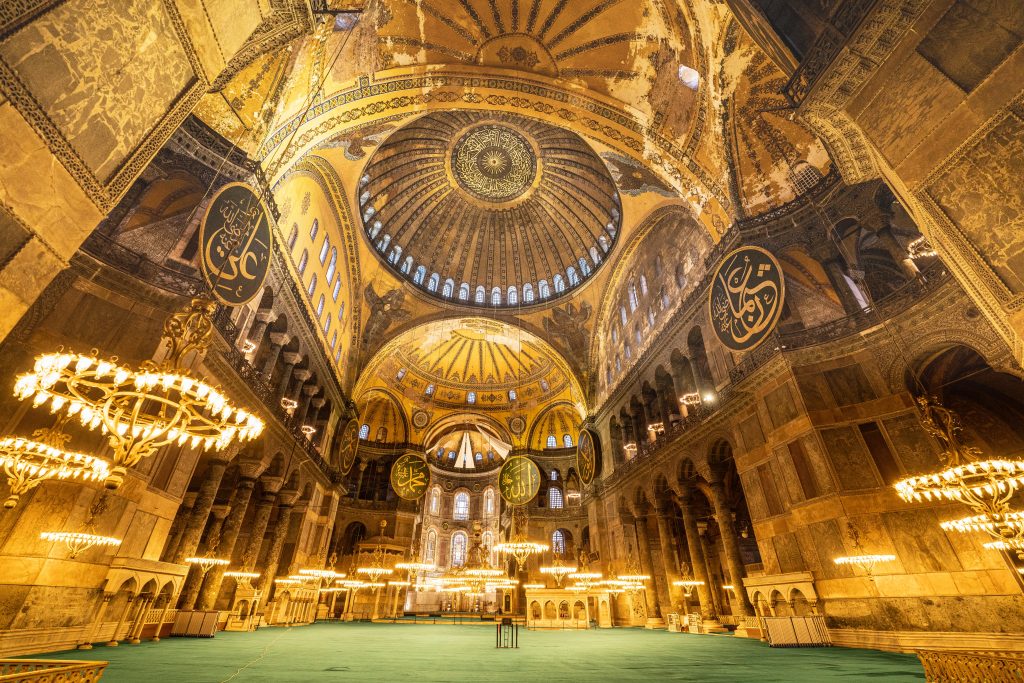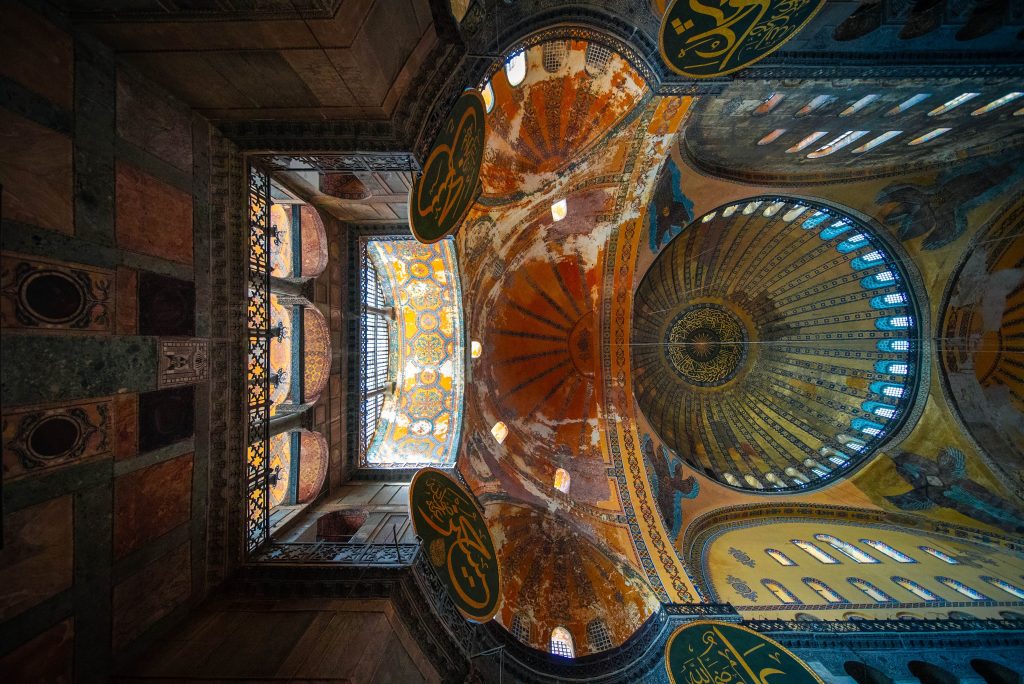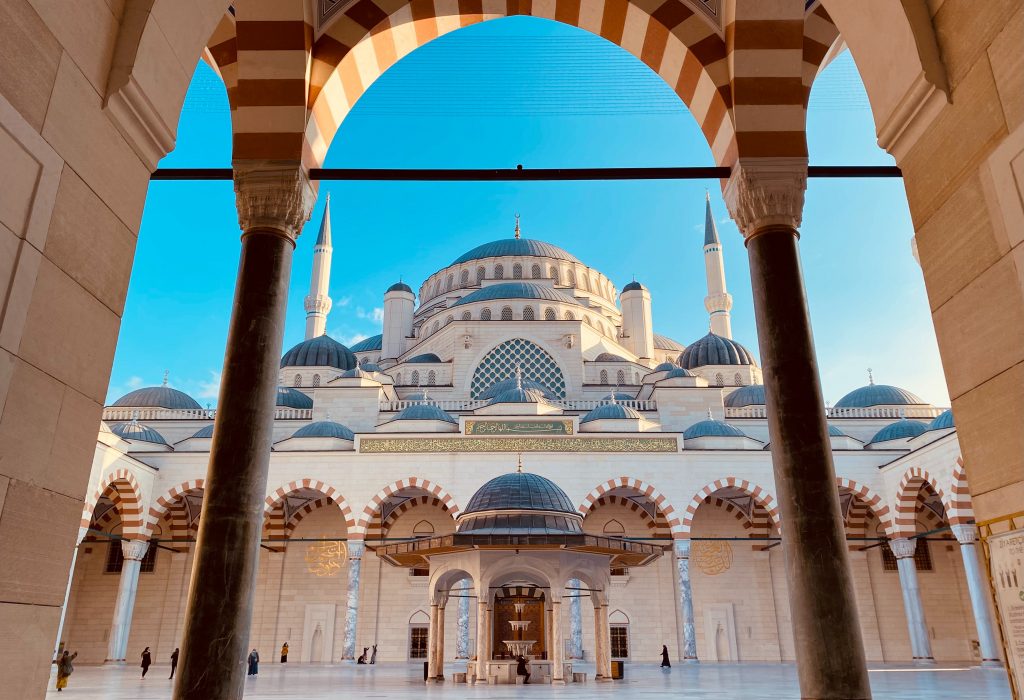In the heart of Istanbul, Turkey, stands a testament to the resilience of time and the enduring spirit of human ingenuity—the Hagia Sophia. This architectural marvel, with its rich history and captivating design, has witnessed the ebb and flow of civilizations, making it one of the most iconic structures in the world.
A Glimpse into History
The story of Hagia Sophia begins in the 6th century when the Byzantine Emperor Justinian I commissioned its construction in 532 AD. Initially designed as a cathedral, Hagia Sophia served as the spiritual center of Eastern Orthodox Christianity for nearly a thousand years. It weathered the storms of political unrest, surviving fires and earthquakes, and emerged as a symbol of Byzantine grandeur.
The intricate mosaics and awe-inspiring dome of Hagia Sophia bear witness to the superb craftsmanship of its architects, Anthemius of Tralles and Isidore of Miletus. As you step into the hallowed halls of this historic monument, it’s as if the walls themselves whisper tales of emperors, religious ceremonies, and the silent passage of centuries.
The Architectural Marvel

Hagia Sophia’s design is a mesmerizing fusion of various architectural styles, reflecting the cultural diversity and influences of the civilizations that have called Istanbul home. The majestic dome, a feat of engineering brilliance, spans an impressive 31 meters in diameter and stands as a symbol of architectural innovation of its time.
One cannot help but marvel at the play of light that filters through the windows, casting a warm glow upon the marble floors. The grandeur of Hagia Sophia lies not just in its sheer size but in the delicate balance of its elements. The graceful arches and columns create a harmonious symphony that beckons visitors to appreciate the beauty born from centuries of human creativity.
Transformation Through Time
Over the centuries, Hagia Sophia has undergone several transformations, mirroring the changing tides of history. In 1453, the Ottoman Empire claimed the city of Constantinople, converting Hagia Sophia into a mosque. The minarets that adorn its exterior, along with the removal of Christian mosaics, bear witness to this transformation.
In 1935, following the establishment of the Republic of Turkey, Hagia Sophia underwent another metamorphosis—this time into a museum, symbolizing the country’s commitment to secularism. However, in 2020, the Turkish government made the decision to revert Hagia Sophia back into a mosque, sparking global discussions about the delicate balance between preserving history and respecting cultural identity.
The Timeless Beauty

Hagia Sophia’s beauty transcends religious and cultural boundaries. The intricate mosaics, depicting scenes from the life of Christ and the Virgin Mary, showcase the artistic brilliance of Byzantine craftsmen. Each mosaic, with its vibrant colors and delicate detailing, is a window into a bygone era, inviting visitors to connect with the spiritual and artistic legacy of the past.
The interplay of light and shadow within the vast interior creates an ethereal atmosphere, inviting contemplation and reflection. As you wander through the nave, the sheer scale of the dome above and the ancient whispers embedded in the walls transport you to a different time, blurring the lines between the past and the present.
In conclusion, Hagia Sophia stands not just as a physical structure but as a living chronicle of human history and achievement. Its enduring beauty and adaptability to the changing tides of time make it a symbol of the resilience of the human spirit. Whether you approach it from a historical, architectural, or spiritual perspective, Hagia Sophia remains a beacon that continues to illuminate the path to understanding our shared heritage.

